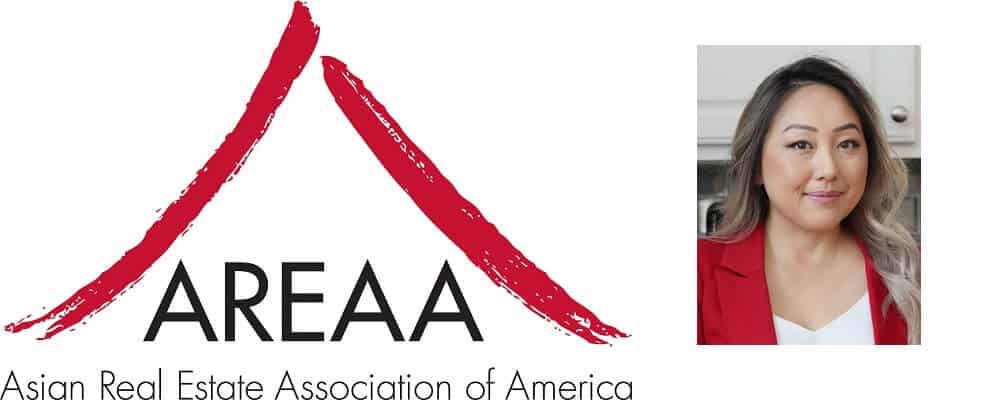Report cites more than 30,000 mortgage-ready Asians living in the Twin Cities. But less than half could afford the median Twin Cities home price without becoming cost-burdened.
The Asian Real Estate Association of America (AREAA) has released its 2020-2021 State of Asia America report, and the census data paints a picture of rapid population growth – the U.S. Asian American Pacific Islander (AAPI) population (including multiple race individuals) has increased 29 percent since 2010, to just under 24 million people or 7.3 percent of the total U.S. population. Here in Minnesota, the AAPI population increased 44.7 percent over the same time period to just under 286,000 people, or 5.1 percent of the population.
When it comes to homeownership, three of every five AAPI households in Minnesota (60 percent) own their own home. This compares to a nationwide AAPI homeownership rate of 57.9 percent, and a general statewide Minnesota homeownership rate of 71.9 percent. With a median income 13.5 percent higher than the general state population, AAPI households are better equipped as a whole to achieve homeownership than other non-white groups in Minnesota. In fact, the AREAA report cites more than 30,000 mortgage-ready AAPI individuals living in the Twin Cities area alone. However, the growing challenge of affordability is keeping the majority of these households on the sidelines as the median sales price of Twin Cities homes remains stuck in the stratosphere, sitting at $350,000 in July.
We sat down with Nalee Vue, president of AREAA’s Twin Cities chapter and a Realtor® with Keller Williams in Maple Grove, to discuss her experience working with AAPI households. Vue has been a licensed real estate agent for four years, and leads a team of Hmong real estate professionals. “About 90 percent of those we work with are millennials,” Vue says. “AAPI households have traditionally been multi-generational, but the millennials are breaking off on their own as they begin to start a family. They have higher incomes, higher education, and their average home buying price is higher than the national average [$473K vs. $409K]. Millennials also tend to build new because they prefer a modern customized home with more square footage, a functional layout, and upgrades. You can’t always find these characteristics in existing homes on the market. Finally, they often tend to focus on making sure their new home can entertain large family gatherings.”
Vue agrees that many AAPI households are indeed stuck on the sidelines due to affordability challenges in a very hot local real estate market. “It’s important that homeownership be sustainable,” she says, “and unfortunately there are many households that would end up cost-burdened if they acted now due to the lack of inventory at lower price points. We need to continue working to address this inventory shortage.” Another challenge facing AAPI buyers according to Vue are credit files that tend to be ‘thinner’ than their peers. “We’re a culture that avoids debt when possible,” Vue says, “which is a great cultural value, but unfortunately is at odds with how lending works in the U.S. I’ve seen some very qualified buyers have trouble in the loan approval process simply because they don’t use a lot of credit in their everyday lives.” Vue is in favor of efforts to reform the credit score model by expanding considerations to include payment timeliness for monthly bills such as rent and utilities. This is a significant challenge, which AREAA is pursuing at the national policy level.
The full 2020-2021 State of Asia America report is accessible on AREAA’s website here.
